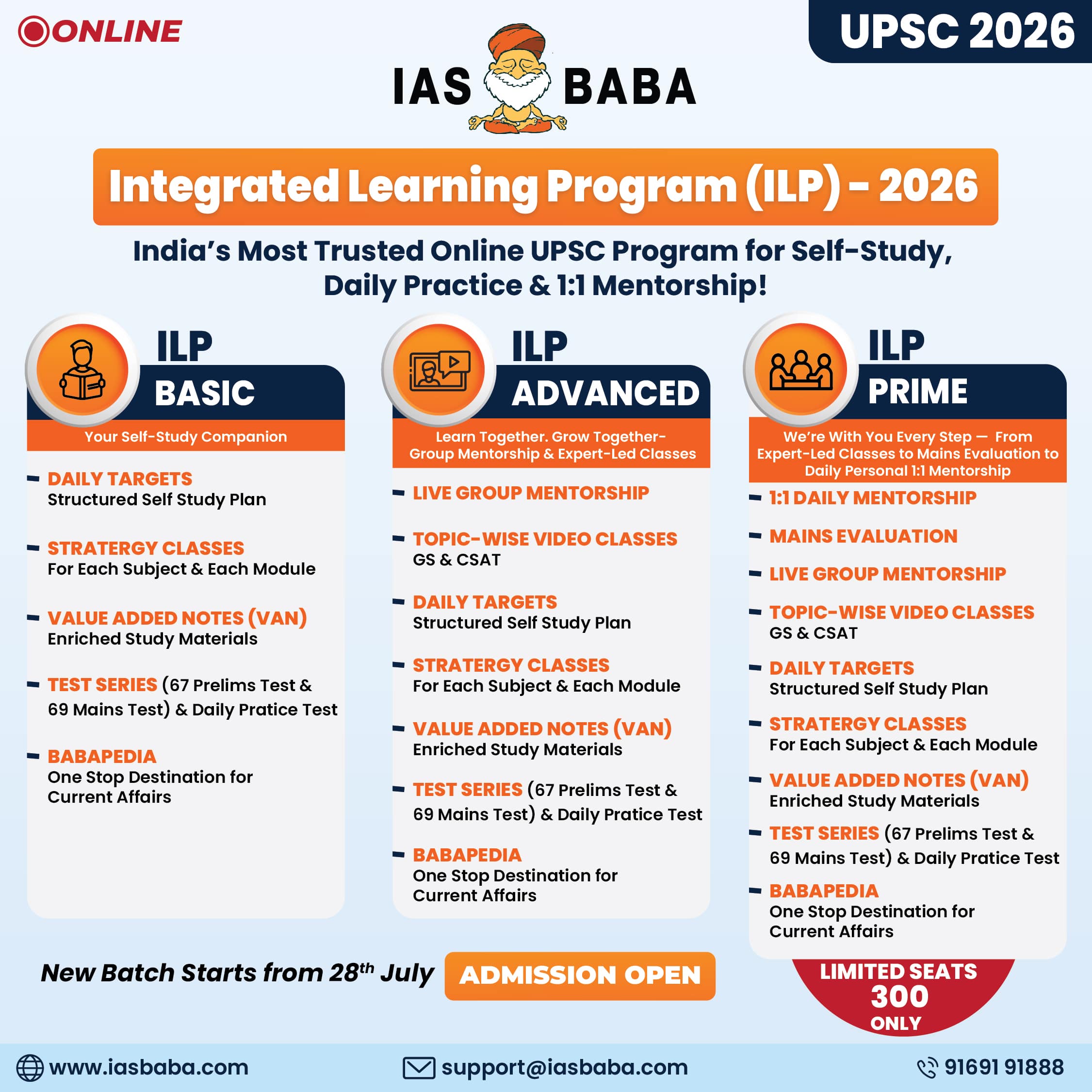Economics
In news: As per a report of CareEdge, credit outstanding stood at ₹128.6 lakh crore, rising by 17.9 per cent y-o-y over the last 12 months, reporting robust growth.
- Increase is due to a low base, retail credit, higher demand for working capital requirements amidst high inflation, and low funds raised in the capital market.
Weighted Average Call Rate (WACR):
- Call money rate is the rate at which short term funds are borrowed and lent in the money market.
- The duration of the call money loan is 1 day.
- Banks resort to these types of loans to fill the asset liability mismatch, comply with the statutory CRR and SLR requirements and to meet the sudden demand of funds.
- RBI, banks, primary dealers etc are the participants of the call money market.
- Demand and supply of liquidity affect the call money rate. A tight liquidity condition leads to a rise in call money rate and vice versa.
- It represents the unsecured segment of the overnight money market.
- It was explicitly chosen as the operating target of monetary policy in India.
Emergency Credit Line Guarantee Scheme (ECLGS):
- The scheme was launched as part of the Aatmanirbhar Bharat Abhiyan package announced in May 2020 to mitigate the distress caused by covid-induced lockdown, by providing credit to different sectors, especially Micro, Small and Medium Enterprises (MSMEs).
- Objective: To provide fully guaranteed and collateral free additional credit to MSMEs, business enterprises, MUDRA borrowers and individual loans for business purposes to the extent of 20% of their credit outstanding as on 29th February, 2020.
- 100% guarantee coverage is being provided by the National Credit Guarantee Trustee Company, whereas Banks and Non-Banking Financial Companies (NBFCs) provide loans.
- Eligibility: Borrowers with credit outstanding up to Rs. 50 crores as on 29th February, 2020, and with an annual turnover of up to Rs. 250 crores are eligible under the Scheme.
- On 1st August, 2020 the government widened the scope of the Rs. 3 lakh crore-ECLGS scheme by doubling the upper ceiling of loans outstanding and including certain loans given to professionals like doctors, lawyers and chartered accountants for business purposes under its ambit.
- Tenor of loans provided under the Scheme is four years, including a moratorium of one year on principal repayment.
- Interest rates under the Scheme are capped at 9.25% for Banks and Financial Institutions (FIs), and 14% for NBFCs.
- Present Status: As per data by the government and banks, loans of about Rs 3.67 lakh crore have been sanctioned under ECLGS till August 5, and Rs 2.54 lakh crore had been disbursed till April 30.
- Benefits of the scheme:
- The scheme is expected to provide credit to the sector at a low cost, thereby enabling MSMEs to meet their operational liabilities and restart their businesses and recover early.
- The Scheme is expected to have a positive impact on the economy and support its revival.
Source: The Hindu Businessline
Previous Year Question
Q.1) With reference of the Indian economy, consider the following statements: (2020)
- ‘Commercial Paper’ is a short-term unsecured promissory note.
- ‘Certificate of Deposit’ is a long-term instrument issued by the Reserve Bank of India to a corporation.
- ‘Call Money’ is a short-term finance used for interbank transitions.
- ‘Zero-Coupon Bonds’ are the interest-bearing short-term bonds issued by the Scheduled Commercial Banks to corporations.
Which of the statements given above is/are correct?
- 1 and 2 only
- 4 only
- 1 and 3 only
- 2, 3 and 4 only














